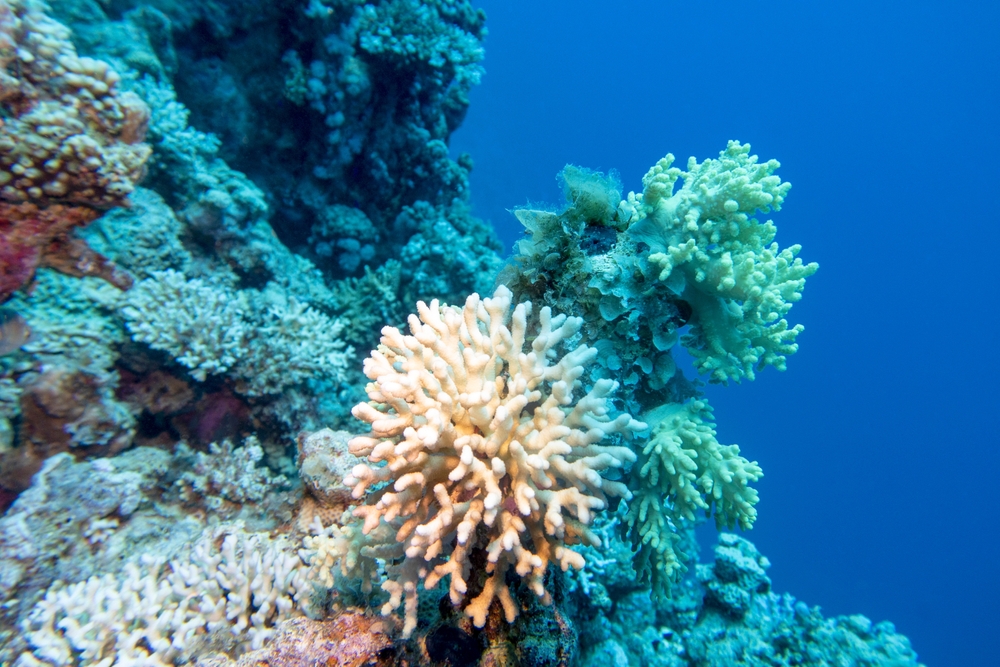The stunning harlequin toad is a critically endangered frog whose native habitat lies in the rainforests of Panama and Costa Rica. Because they are so rare and face extinction in their native homeland, a team of scientists in the UK has undertaken the task of breeding this elusive species outside its tropical habitat — and they have now succeeded.
The bright yellow toads, formally known as Atelopus varius, were recently bred in captivity for the first time thanks to a team of researchers at Manchester Museum, who have brought 23 of these critically endangered animals to life.
“We started off with six and we’ve now got an extra 17 little babies,” said Andrew Gray, the British scientist who led the team behind the successful breeding project. “They’re really, really beautiful.”
As a result of climate change, wildlife trade, habitat destruction, and disease, the toads are facing the threat of extinction in their natural habitats. To prevent the species from disappearing, conservationists from the Panama Wildlife Charity (PWCC) teamed up with the team from the University of Manchester’s museum to breed a ‘back-up’ population in the UK.
“Looking after our global biodiversity must be a top priority for all citizens in this world. We are proud to use the conservation of the harlequin toad of Panama as an example of the positive difference we can make,” said Luis Urena, director at PWCC.
Of course, replicating the habitat conditions of the lush rainforests of South and Central America in an aquarium is no easy task. Before the pandemic lockdowns ensued across the world, Gray’s team managed to go to Santa Fe National Park in Panama and collect data along the streams where the toads can typically be found.
“That sent us information back on the humidity, the dew point, temperature, rainfall — the whole lot,” said Gray. “So we used that data. We replicated it exactly back in Manchester. Even the flow of the water, the water levels, everything, to mimic what they would be experiencing in the wild. And it did the trick.”
The team now plans to use the toads to raise awareness and funding for more conservation projects directed at preserving the rare amphibian. In the case it ever becomes extinct in its natural habitat, the scientists say they could breed more tadpoles in captivity and introduce them back into the wild.
Image source: Brian Gratwicke











